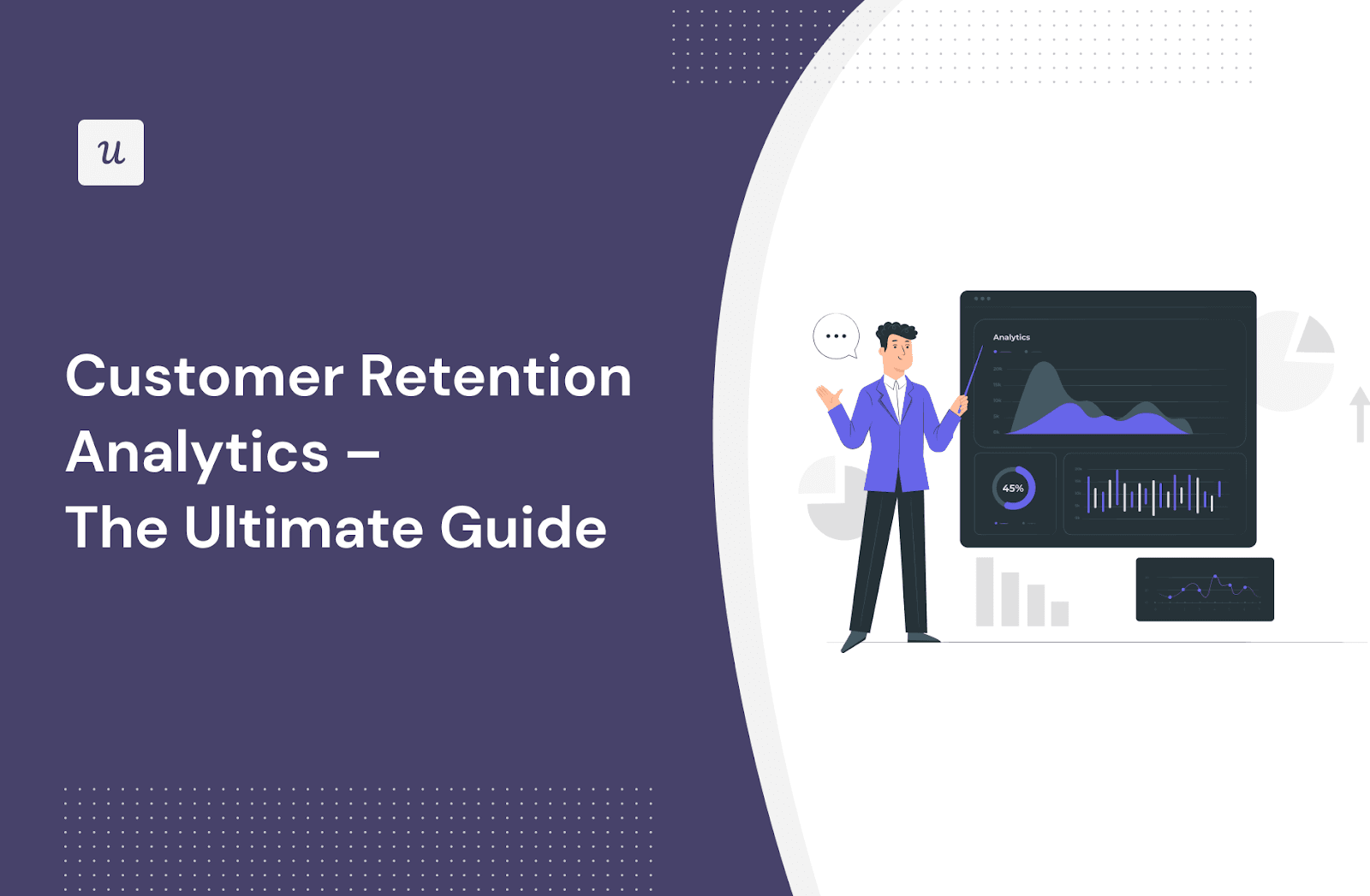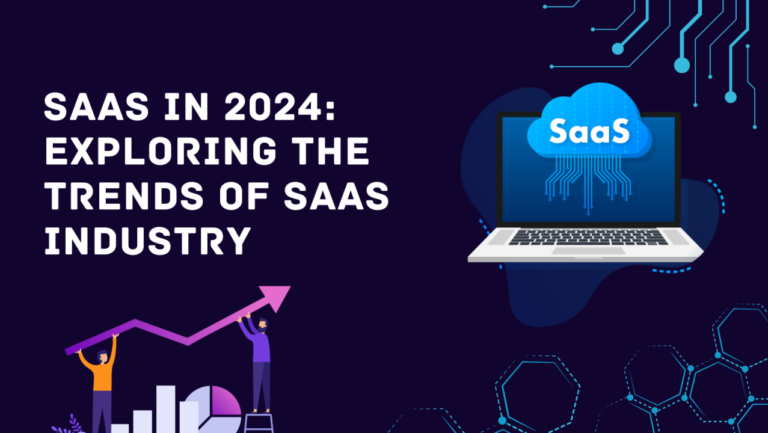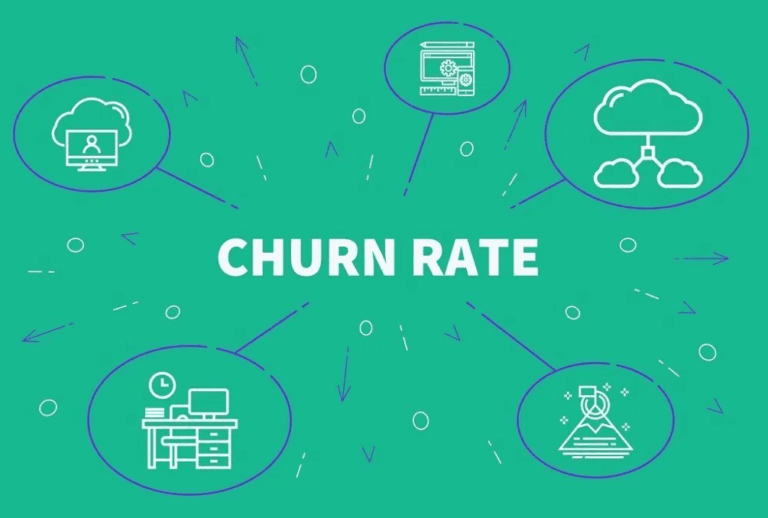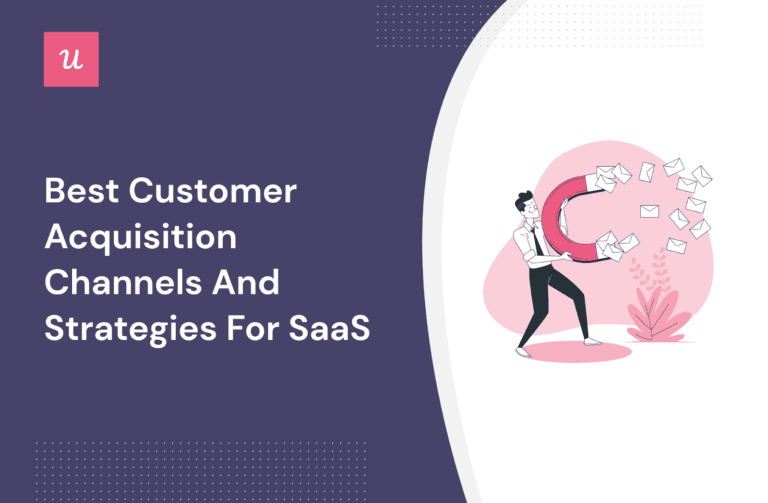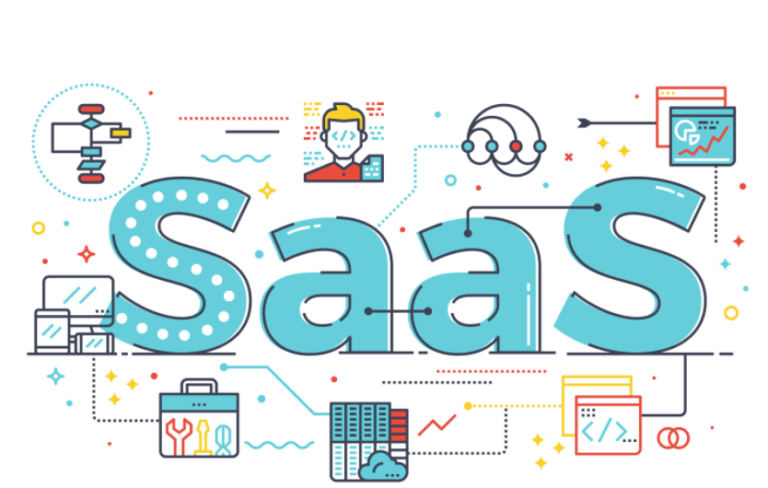Businesses in 2022 that had best-in-class retention grew at least 1.8 times faster than their counterparts. Retaining customers is crucial in an unpredictable industry. You are not alone, then, if you are closely monitoring your retention stats this year.
One of the most crucial KPIs for developing a profitable SaaS company is retention. More devoted consumers who support long-term company success are shown by a low churn rate. After all, it might be far more expensive to bring in a new client than to keep an old one.
In the cutthroat realm of software as a service (SaaS), keeping customers happy is critical. Retaining current clients is critical for sustainability and profitability, even while gaining new ones is necessary for expansion. This in-depth manual will explore the tactics, resources, and industry standards for SaaS client retention in 2024.
Understanding Customer Retention
The capacity of a firm to hold onto its current clientele for an extended length of time is known as customer retention. Customer retention is essential for SaaS companies to succeed over the long run and expand. You may boost client lifetime value, lower customer attrition, and generate steady income by maintaining happy and involved customers.

Because it might be more expensive to acquire new customers than to keep current ones, client retention is important for SaaS companies. You may reduce acquisition expenses and devote efforts to bettering your product or service by concentrating on keeping your present clientele.
Retention vs. Acquisition
Before exploring the tactics, let us first examine the importance of client acquisition and retention. While expanding a company’s customer base is vital, it’s as critical to recognize the importance of keeping current consumers.

It might cost six or seven times as much to acquire new clients as to keep existing ones. Furthermore, returning consumers are more likely to spend more and recognize the value of your product better than new ones. It may surprise you to learn that a just 5% improvement in client retention rates can result in a 25% to 95% increase in business revenue.
Put differently, whereas acquiring new customers might result in a slight rise in income, maintaining existing customers yields higher benefits at a reduced expense.
The formula to measure customer retention
The number of clients that stick with your company over a predetermined amount of time is known as your customer retention rate. It shows how well your attempts to keep clients and create enduring connections are working.
The following formula may be used to determine the client retention rate:
Customer Retention Rate = ((Number of Customers at the End of a Period – Number of New Customers Acquired during the Period) / Number of Customers at the Start of the Period) x 100
For instance, your customer retention rate would be: if you began the measurement period with 75 customers, added 25 new ones, and concluded with a total of 85 customers.
((85 – 25) / 75) x 100 = 80%
Your retention rate will perform better if it approaches 1 (or 100%).
Why is customer retention important?
Retention in business is crucial for growth and profitability. A 2023 study found that SaaS businesses with retention rates over 85% grew 1.5-3x faster than others. Retention benefits growth by attracting repeat customers, reducing operating costs, and promoting growth. However, acquisition is expensive and SaaS companies that spend heavily on it need help to stay profitable. Both customer retention and acquisition are essential for business success.

The significance of client retention is multifaceted. These are the top three in our opinion.
- Businesses with above 85% retention rates grow 1.5–3 times faster: SaaS companies with retention rates above 85% expand significantly quicker, as demonstrated by our analysis of over 2,100 organizations. It is 1.5–3 times faster—a startling figure. Sustainable development cannot be attained by relying just on new business. Maintaining your clientele is just as crucial.
- High retention strongly indicates product-market fit: Client loyalty is evidence that you are adding value to your client’s lives and addressing genuine problems. Are you prepared to put methods for quick scaling into action? You must first demonstrate your ability to both attract and keep clients.
- Repeat customers are more likely to recommend your product: You can eventually make your clients into ardent supporters of your offering. Your chances of clients utilizing your brand as part of their marketing plan (for free) rise when they have a pleasant experience with your product.
What is a good customer retention rate?
To provide a definite response to this query, we examined more than 2,100 companies. Let’s examine client retention from your ARR’s point of view.
When you start establishing a SaaS firm, client retention is naturally low—on average, 55%—but the top businesses get 72%. Finding product-market fit leads to improved retention, which may increase to 78% when your company hits $1 million in ARR and then $3 million.

Companies with annual revenue between $3 and $8 million should aim for an 80% client retention rate. Furthermore, the top quartile customer retention percentage rises to 84% when firms attain size ($15–30 million ARR).
Factors Influencing SaaS Customer Retention
The strength and dependability of a SaaS company’s product is its foundation. Clients must have faith that the program will function as planned, devoid of glitches or frequent outages. Products of superior quality that efficiently address user issues will inevitably win back consumers.
- Performance and Uptime: Make sure your program functions properly and is accessible to users at all times. Customers may become so irritated with downtime that they decide to go to rival businesses.
- Scalability: Your product should be able to expand along with your clients as they do. Retaining larger, more valued clients requires your SaaS system to be able to handle increasing demand and complexity.
- Security: Strong security measures are a must in the age of data breaches and privacy issues. Safeguarding client data promotes enduring use and fosters confidence.
Customer Support and Service
Superior customer service has the power to set your SaaS product apart from the competition and boost retention.
- 24/7 Support: Providing round-the-clock assistance may be quite important, particularly for clients who are based abroad or who might want help after usual work hours.
- Multiple Support Channels: Offer a range of service methods, including chat, email, phone, and social media, to accommodate varying consumer preferences.
- Knowledgeable and Friendly Staff: Make sure your support staff is kind, knowledgeable, and well-trained. Consumers value informed agents who can quickly and amicably address their concerns.
Onboarding and User Experience
A well-organized onboarding procedure and a smooth user experience may have a big impact on client retention.
- User-Friendly and Intuitive Interface: Customers can use your product without a lot of training or aggravation if it has an intuitive interface.
- Guided Onboarding: Provide walkthroughs, checklists, and guided tutorials to assist new users in settling in as soon as possible.
- Supporting Resources: To assist consumers in comprehending and making use of all of your product’s capabilities, offer thorough documentation, frequently asked questions, and video tutorials.
Customization and Division of Customers
Retention may be greatly increased by customizing experiences for certain clients or market segments.
- Behavioral Segmentation: To provide individualized experiences and focused messaging, divide up your consumer base according to their use habits, preferences, and behavior.
- Personalized Communication: To engage clients based on their unique needs and interests, use content, in-app messaging, and emails that are tailored to them.
- Custom Solutions: Improve client happiness and experience by offering services and solutions that are specifically designed for certain customer segments.
Analyses and insights derived from data
Retention efforts may be strengthened by utilizing data to comprehend client behavior and forecast turnover.
- Customer Health ratings: Create customer health ratings to track satisfaction and engagement levels and spot potentially dangerous clients early on.
- Use Analytics: Examine use information to learn how users engage with your product and pinpoint areas in need of development.
- Churn Prediction: Use predictive analytics to foresee possible customer attrition and take preemptive steps to keep such clients.
SaaS Customer Retention Strategies
Having a retention plan from the start is crucial: While they work to perfect their product-market fit, early-stage SaaS startups frequently suffer with retention; year over year, their client retention rates typically range between 55-72%. Aim for a retention rate of 85% or more as your business grows.
Establish Customer Expectations
Unsatisfied user expectations are a primary cause of client attrition. This occurs when a user expects something from a product that it cannot provide. It is imperative that your messaging makes it very apparent how you benefit your users. Describe to them what they will receive upon signing up. In addition, it’s best to slightly underestimate the perceived value added and overdeliver, since this will satisfy consumers.
It’s important to keep in mind that overpromising value and underdelivering on it can lead to disastrous outcomes, even if you don’t practice it. Setting expectations that are relatively specific and still obvious is the best course of action in this situation. Check out how Semrush outlines the advantages of its suite of SEO tools:

Semrush promises customers to grow organic traffic, uncover millions of keywords, and run technical SEO audits but sets low expectations. They don’t imply they can rank for all keywords, improve SERP positions, or boost conversions. Customers will be delighted once they achieve tangible SEO results with Semrush, as they undersold their promise. This approach allows customers to focus on achieving tangible results.
Emphasize Your Unique Value Proposition (UVP)
Your product’s unique selling point is its value proposition. A strong value proposition is clear, concise, and easy to read and comprehend in five seconds or less. It also tells customers precisely what they will get. Moreover, corporate jargon and buzzwords are avoided. The secret is to be clear. Delivering the value offer consistently is essential. It is what will entice people to stay on your site and what they signed up for.
Here’s an example from our kitchen: the Custify homepage’s “hero section,” which prominently displays the software’s distinct value proposition together with a call to action and social proof:

Reminding customers of your value proposition on occasion is also a smart idea. By demonstrating the benefits to them, you may persuade them to keep their membership.
Use gamification to increase customer retention
Users are encouraged to investigate your product by the dopamine high that gamified experiences give. One method to make sure users remain long enough to cross everything off the list is to gamify your checklists. Add progress bars to your checklists to do this. When users realize how far they’ve gone and how many steps remain, they will be more motivated to finish their activities.

It’s a good idea to include the amount of time needed to do each activity underneath its entry. Your users won’t give up on jobs quickly since they will know what to expect.
The items on your checklist are really important. Choose wisely, concentrating on three to five essential activities that are pertinent to that particular user and will swiftly lead them to their “Aha!” moment.
Connect With Your User Through Content
Creating content that caters to your user base’s needs will lower your churn rate, which is a crucial component of customer retention. Some strategies to do this include sending out regular tips and tricks that enhance the perceived value of your product and highlight new ways to utilize its features, setting up a series of touchpoints with current customers to foster communication and exchange pertinent content, offering white papers and ebooks of interest, and sending discounts for related products and services.

Maintaining regular contact with customers fosters a solid, enduring relationship. Additionally, it enables you to resolve queries and issues before they become a significant cause of annoyance. Even certain interactions may be automated to relieve your marketing team’s workload and boost productivity.
Build a Customer-Centric Culture
A customer-centric culture is crucial for fostering customer loyalty and satisfaction. A customer-centric culture involves a deep sense of empathy across teams, ensuring that everyone works towards customer satisfaction and retention. This can be achieved by sharing inspiring customer stories, hiring employees who understand customer needs, and fostering direct interaction with the customer base. To deepen this focus, create incentives tied to retention-focused metrics, ensuring that employees are motivated to work toward customer satisfaction and retention. This approach can be more effective than other factors like onboarding and UX.

As SaaS companies grow, customers often lose direct access to founders and developers. To maintain a “small SaaS” spirit, companies should offer weekly live training and direct access to the founder via email, as demonstrated by Rize, a productivity SaaS.
Optimize Product Pricing
Pricing has a significant impact on keeping customers. Apart from the membership fee itself, other factors to consider include the frequency of billing and automatic renewal. If you have many price tiers and plans, you can identify opportunities for optimization by analyzing the attrition rate across these segments.

Longer subscription periods often yield greater retention rates. Consider modifying your pricing tiers such that you charge less for an annual subscription than you do for a monthly renewal if you don’t already.
In the software industry, raising pricing frequently results in attracting more customers. But, it’s crucial to prevent cost increases from negatively affecting retention. When you introduce new pricing, you may defend the raise by pointing out how the additional features will provide value and reduce churn.
The success and expansion of SaaS enterprises depend heavily on customer retention. SaaS organizations may establish robust and enduring client connections by comprehending the critical elements that impact retention, executing efficacious tactics, and harnessing appropriate tools and technology. Your company will remain competitive and prosper in 2023 and beyond if you keep up with trends and keep refining your client retention strategy as the industry changes.
To sum up, managing client retention is a continuous effort that calls for commitment, creativity, and a customer-focused attitude. SaaS organizations may attain high retention rates and cultivate a devoted client base that leads to long-term development and success by emphasizing customer pleasure, providing outstanding value, and remaining flexible in response to shifting market conditions.

